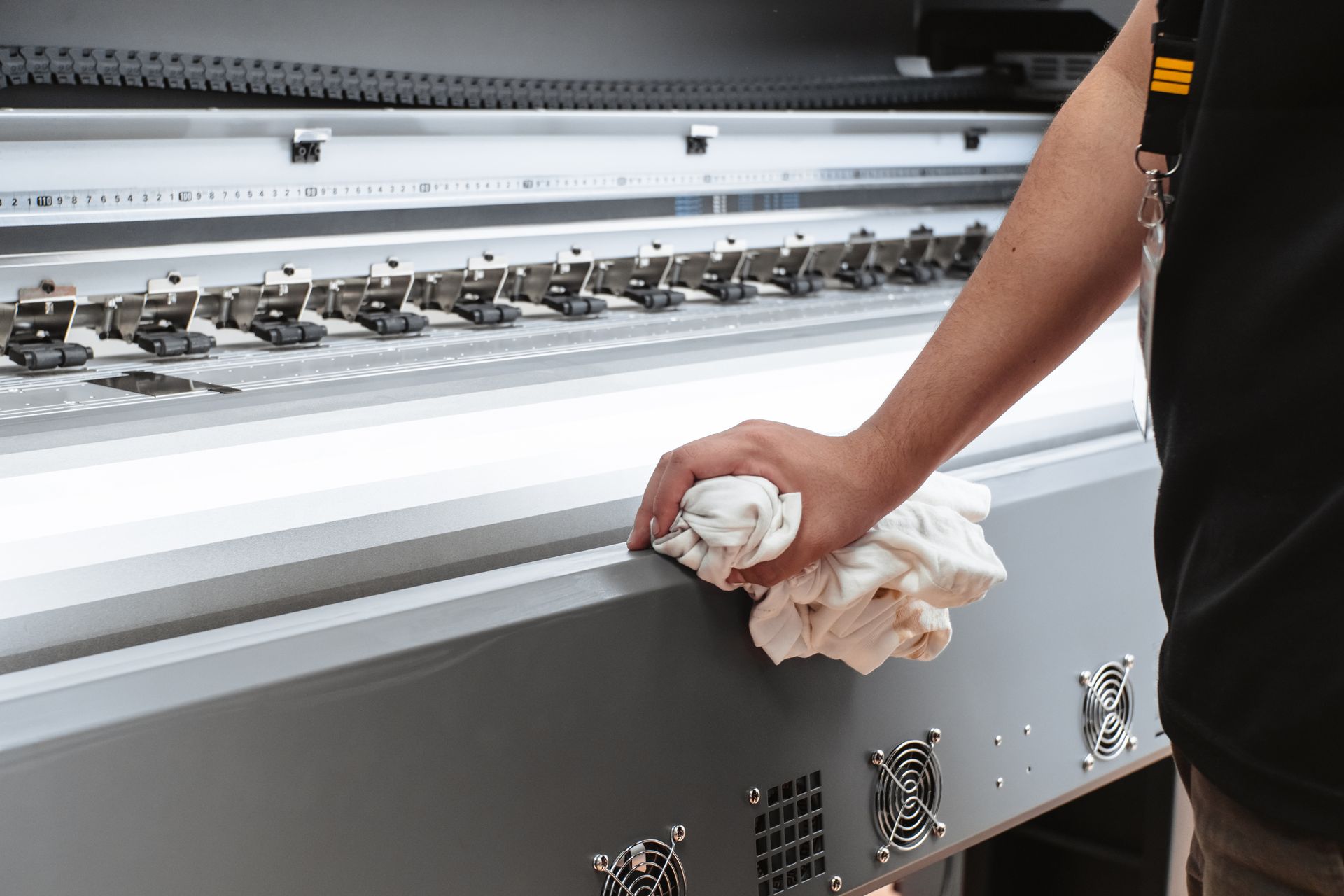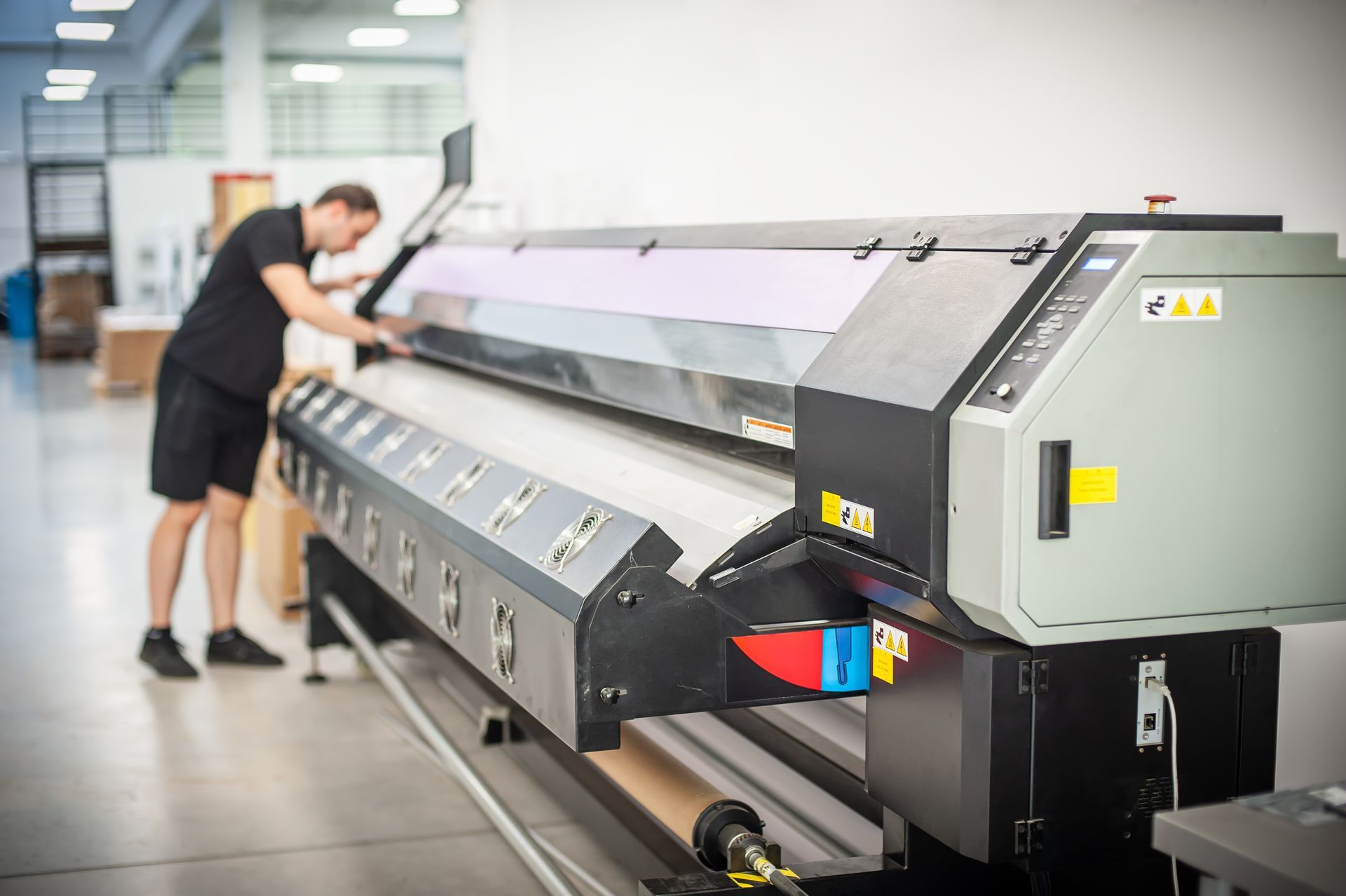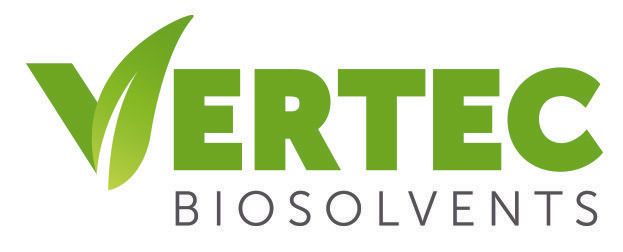How to Clean My Press Parts
February 23, 2024
Written by: Vertec BioSolvents™

Modern printing presses are complex machines, and they need regular upkeep to achieve high-quality results. Unfortunately, your press wash might be inefficient, expensive, and hazardous to people and the environment. In this post, you'll learn how to clean press parts, what cleaning solutions are available, and why organic solvents are an ideal option.
The Importance of Press Maintenance & Cleaning
Regularly maintaining and cleaning your press offers a number of important benefits, including:
- Preventing issues with quality
- Allowing the system to operate more efficiently
- Lowering ink costs
- Reducing paper waste
Over time, printing presses accumulate ink, paper pulp, dust, and other debris, all of which cause quality issues. They can distort prints, throw off alignment, and lead to excessive waste and high scrap rates.
In addition to hurting the quality of your prints, using a press with unclean parts can negatively affect your productivity. Your machine won't operate at its optimal speed and will be more likely to break down or experience blockages. All these issues cost your company valuable time and resources.
Types of Cleaning Solutions for Presses
The printing industry relies on three types of press washes to care for blankets, rollers, and other parts. Knowing the differences between them allows you to make a more informed decision about which is the best choice for your business.
Cleaning with Solvents
Printers have long relied on petroleum-based solvents. They're convenient and effective, and they're often multipurpose.
However, these solvents carry certain risks, including:
- Fire hazards, particularly when handled incorrectly
- Harm to human health if inhaled or ingested
- Environmental damage
Companies also need a safe and appropriate location to store and handle flammable solvents. An ATEX room takes up space that isn't readily available to some printers.

Bio-based solvents can mitigate many of these risks, making press cleaning and maintenance less dangerous for employees and the world around them. For example, VertecBio™ Gold is an eco-friendly solvent for paints, coatings, and inks, that you can also use as a degreaser for press parts. Its high flash points and low VOCs make it a much less hazardous option compared to petroleum-based solvents.
Cleaning with Non-Flammable Liquids
For printing companies that are especially safety-conscious, non-flammable liquids are appealing for press cleaning. They're non-corrosive and non-evaporating, making them more environmentally friendly than petroleum-based solvents.
Because of their composition, non-flammable liquids make work environments safer for your employees and ease fire concerns. They're easier to handle and don't require as many special pieces of equipment or procedures.
Despite these benefits, some companies avoid non-flammable cleaning solutions because they aren't as powerful as solvents and alkaline liquids. This can make it more difficult to effectively clean your press, particularly when dealing with dried inks and adhesives.
Cleaning with Alkaline Liquids
When dealing with ink that's difficult to remove, some printers turn to alkaline liquids. They're capable of handling stains from ink, adhesives, and coatings, and they don't require a dedicated ATEX room.
On the other hand, alkaline liquids aren't as easy to use and involve more specialized equipment than other options. As a result, they're less worker-friendly than nonflammable liquids and bio-based solvents.
Step-By-Step Cleaning Guide
The exact procedure for cleaning a printing press depends on the model and design of your machine. However, it typically involves a similar series of steps.
Prepare the Cleaning Solution
Depending on the type of solution you're using, you may have to combine it with water. This is often the case with petroleum-based solvents, as it helps reduce damage to the press.
Clean the Print Rollers and Parts
Many modern printing presses have automated cleaning cycles. If you have this type of press, you can clean your print rollers by adding a solvent to the chambers and, if necessary, initiating the cleaning cycle.
Without an automated system, you'll need to manually clean your rollers by applying a solvent. Once the rollers are clean, wipe it away, along with any remaining residue.
Clean the Blanket
As with rollers, some printing companies use automated systems to clean their blankets. Others opt to wash them by hand, applying and then wiping off the cleaning solution.
Troubleshooting Tips
It's not unusual to encounter problems while cleaning your press. When that happens, try these strategies to solve them:

- Stubborn stains: If you're struggling to remove ink or other debris from your press, your blanket and press wash may be to blame. High-performance solvents designed specifically for the printing industry, such as VertecBio Ink Zapper, can dissolve hardened and dry ink for better cleaning.
- Damage to press parts: Using a solvent that's too harsh for printing press parts, including blankets and plates, can damage the machine. Be sure to choose a solution that's proven safe for printing presses.
- Films and stickiness: If you use an ineffective press wash or fail to clean your press regularly, the parts may develop a film or become sticky. Consistently cleaning your press with an effective bio-based solvent will prevent these issues from developing.
Ultimately, the solvent or other cleaning solution that you choose will have the greatest effect on your ability to keep your press working correctly and efficiently.
Why Choose Organic Solvents with Vertec BioSolvents?
Before you pick a press wash, consider not how it will impact your productivity and quality control, as well as the safety of others. Vertec BioSolvents' line of solvents are high performance yet also environmentally friendly.
For instance, the
Vertec BioSolvents' Ink Zapper can remove ink, paper residue, and lint and clean pipe rollers without water. It's safe for employees to handle and is completely biodegradable with no hazardous air pollutants. Even better, it reduces solvent usage up to 60 percent. This bio-based alternative for washing printing presses and blankets is an ideal option for companies that want to maximize their efficiency and cost savings while also protecting workers and the environment.

VertecBio™ Ink Zapper® patented blend is a high-performance, economical and bio-based alternative for washing the printing press and blanket. It is a non-toxic formula that is completely safe for employees to handle. VertecBio™ Ink Zapper® reduces solvent usage up to 60 percent saving you time and money.


